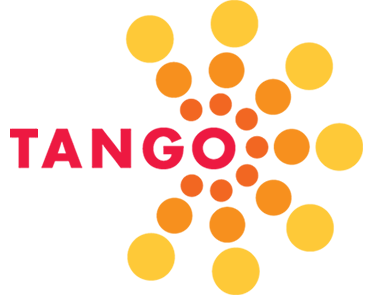TANGO Partners Perspective – March 2021
Managing Crisis Through Agility: Keeping Not-for-profit Missions Possible
CohnReznick

Organizations now face new pressures, both internal and external, as a result of uncertainties in their operations and infrastructure. Budgets crafted prior to the COVID-19 pandemic have quickly become obsolete.
Many organizations are now forced to deal with extraordinarily different financial and operational landscapes than what was anticipated when those budgets were originally drafted and approved. It is more important than ever that members of management and governance teams understand and embrace their roles as leaders and adapt quickly as circumstances change and new opportunities develop. The ability to adjust on the fly in a constantly evolving environment, domestically and globally, is vital for any organization that expects to meet its goals in 2021 and beyond. The following tools and strategies can help enable agile, responsive leadership.
UNDERSTANDING NEEDS AND GOALS
During a time of crisis, management is tasked with weighing the needs of its organization against the resources available to address those needs. The identification and prioritization of key issues facing the organization is essential to implementing plans and initiatives to navigate and overcome those difficulties. Decisions are often influenced by a variety of factors, but management may benefit from segmenting problems into short-, medium-, and long-term projects to ensure that attention and resources are focused in the proper areas.
FORECASTING WITH REAL-TIME VISIBILITY INTO CASH FLOWS, RESERVES, AND PRODUCTIVITY
Scenario planning and risk-based modeling have been implemented by many executives to identify a range of contingencies and potential results over the coming periods. Locating the correct data to drive decision-making is critical to success. Organizations that define, extract, and leverage data to best understand revenue streams, cost drivers, economic recovery models, and the needs of stakeholders both inside and outside the organization will be best suited to make the necessary decisions relating to their mission and operations.
LEVERAGING TECHNOLOGY TO MAINTAIN CONNECTIVITY THROUGHOUT THE ORGANIZATION
Today’s business landscape has exposed the fragility of organizations that lack adequate systems to keep activities and personnel operating smoothly in an increasingly virtual world. The popularity of cloud-based financial reporting applications, budgeting/forecasting software, and communication platforms has grown as workforces have shifted away from previous physical workspaces. The expansion of these technologies further stresses the importance of addressing cybersecurity threats in an environment in which cyberthreats were already growing rapidly. Virtual private networks (VPNs) and data encryption tools have proved useful to guard against hackers or other bad actors seeking to infiltrate organizational systems.
CREATING AND EXECUTING A VIABLE BUSINESS CONTINUITY PLAN
The challenges of operating through a crisis can be partially mitigated through the implementation and use of a business continuity plan to keep the organization’s operations running effectively and efficiently. Establishing defined roles and responsibilities for key positions and individuals can pre-determine decision-making hierarchies and allow for a well-organized response. Trusting and relying on a set plan of action may also provide a sense of order and calm should a business need to quickly adapt to a sudden change in its industry or work environment.
IN CONCLUSION
Many companies were forced to make difficult decisions in 2020, from event cancellations to headcount reductions to the deferral or elimination of valued programs. As we continue into a new year, leaders who are willing to shift away from a more traditional paradigm and sincerely re-assess previous strategies and policies will better position their organizations to benefit from improved, streamlined processes that are more appropriate for the current environment. They should also consider that internal collaboration among teams and segments will provide a more complete and cohesive assessment of overall needs and resources, as not all segments are impacted equally during a crisis. It is clear that organizations that are ready to innovate and make informed, data-driven decisions will benefit from a more stable, connected process moving forward.
CohnReznick recently hosted “Managing crisis through agility: Keeping not-for-profit missions possible” as the latest installment in our ongoing Not-for-Profit Governance and Financial Management webinar series. If you missed the webcast, or would like to experience it again, register to watch our on-demand recording, or read on for highlights from the presentation by going to our website https://www.cohnreznick.com/insights/how-nfps-can-manage-crisis-through-agility
If you have any questions about this article please reach out to Paul Ballasy at or Rebecca Lyman at
